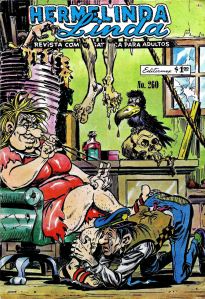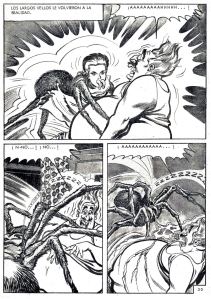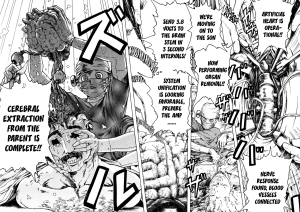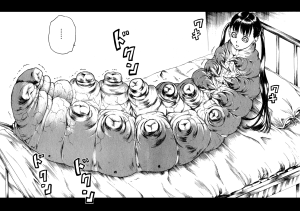The Buddha, some of the goddesses of compassion, Kanon, Kuan Yin and the bodhisattva Avalokiteshvara have been associated with the Moon, and moonlight with shining mercy. As such, the Moon has been considered a friend by many writers throughout the ages.
Chiyo-ni, Izumi Shikibu, and Ono No Komachi remembered the Moon in their death poems:
This abandoned house
shining
in the mountain village-
how many nights
has the autumn moon spent here?
Crossing dark mountains,
Keep me company a bit
longer, Friendly Moon.
Clear water is cool
fireflies vanish-
there’s nothing more
I also saw the moon
and so I say goodbye
to this world.
Perhaps, if I make a friend
of the mountain cuckoo
in this world,
he will talk with me
when we cross the mountain of death.
The way I must enter
leads through darkness to darkness-
O moon over the mountain’s rim,
please shine a little further
on my path.
To those lovely three Chakor birds I wish (the moonlight-eating Chakor bird gazes all night at the moon, according to Kabir) the blessings contained in these verses by Buddhakara, from around the same time period, about the bodhisattva Lokeshvara, taken from Vidyakara’s Subhasitaratnakosa:
May that great saint, his body formed of moonlight,
dispel your grief and grant you
the streaming nectar of his peaceful happiness.
May the face of the World Savior bless your days,
to which the goodly lotus
went laughing, surely, without fear of the nightly orb,
for it inferred this face was not the lunar disc nor this purity white moonlight nor these dark eyes
a double mark of splendor on the moon.








